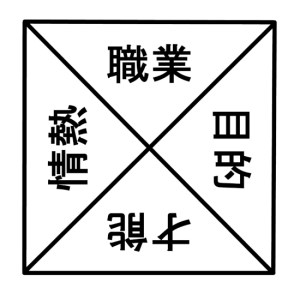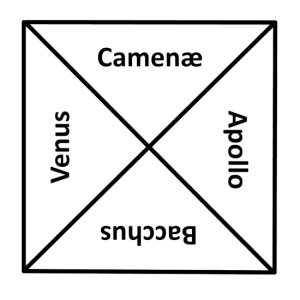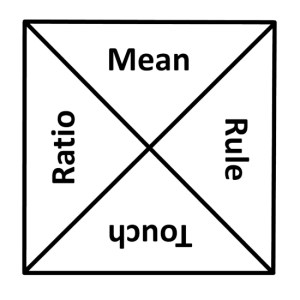
In Plato’s dialogue the Philebus, Socrates uses a fourfold division to describe fundamental, metaphysical principles of all things: the Unlimited (ápeiron, the indefinite, boundless aspect), the Limited (péras, the definite aspect of measure and boundary), the Mixture of these two (meikton, a combined indefinite-definite), and the Cause of the mixture (aitia, which gives structure to the mixture and is responsible for unifying it).
This framework provides the foundation for the dialogue’s central argument about what constitutes the good life, and what activity is best to achieve it. In the dialogue, Socrates uses the four parts of the division to examine the natures of both pleasure and reason, determining that their mixture, brought about by some cause, is the key to a truly good life. So neither pleasure alone, nor reason alone, would suffice.
This fourfold division reminds me of Aristotle’s later schema of the Four Causes. Initially I thought that the Unbounded could be the Material Cause, the Bounded could be Formal Cause, the Mixture could be Final Cause, and finally the Cause could be Efficient Cause. That is because one might think that there is always more material to be had if you want it, and the form of a project puts shape, constraints, limits, and relationships on it.
However, I now believe that what is truly limited is the raw material (matter, energy, time, information), and what is unlimited is all possible form (and not any one particular form). The combinations or permutations that one can make from a finite set of elements are essentially unlimited in number, or at least increase exponentially with the length of the permutation or the size of the combination.
Consider the finite nature of an alphabet, and the endless number of sentences that can be formed from it. Or think about the four DNA base pairs, and the endless variety of genes and organisms that can be generated from them. Remember Darwin’s quote: “Endless forms most beautiful”. Of course many of sentences one can make are gibberish, and many of the organisms one could make are not fit or even viable.
I realize that in Plato’s dialogue the Unlimited and the Limited are more about the continuous and the discrete: the infinite and the finite, the unbounded and the bounded, the indefinite and the definite. The examples of the Unlimited given have the common aspect of “more and less”, i.e. they are indeterminant. By contrast, the examples of the Limit(ed) are of a determinant nature, a bound, a limit, a fixation, a stop to the “more and less”.
It seems that one could spent an unlimited amount of time studying the intricacies of the Philebus and thinking about the meaning of it. But I am starting to feel that my time is indeed limited and other matters require my attention. I know I am probably at odds with all others in the proper interpretation of this part of the dialogue. At least you might enjoy the limited links I have provided, and you still have the unlimited freedom to make of them what you will.
Further Reading:
https://en.wikipedia.org/wiki/Philebus
https://www.gutenberg.org/files/1744/1744-h/1744-h.htm
https://standardebooks.org/ebooks/plato/dialogues/benjamin-jowett/text/philebus
https://plato.stanford.edu/entries/plato-ethics/
Mary Louise Gill / The Fourfold Division of Beings (Philebus 23b-27c)
https://www.academia.edu/40402669/The_Fourfold_Division_of_Beings_Gill_on_Platos_Philebus_
Ashley Lascano / A critical analysis of the metaphysics of limit and unlimited in Plato’s Philebus
https://commons.lib.jmu.edu/honors201019/691/
George Rudebusch / Philebus 23c-26d: Peras, Apeiron, and Meikton as Measure Theory
https://impactum-journals.uc.pt/platojournal/article/view/10332
<>










